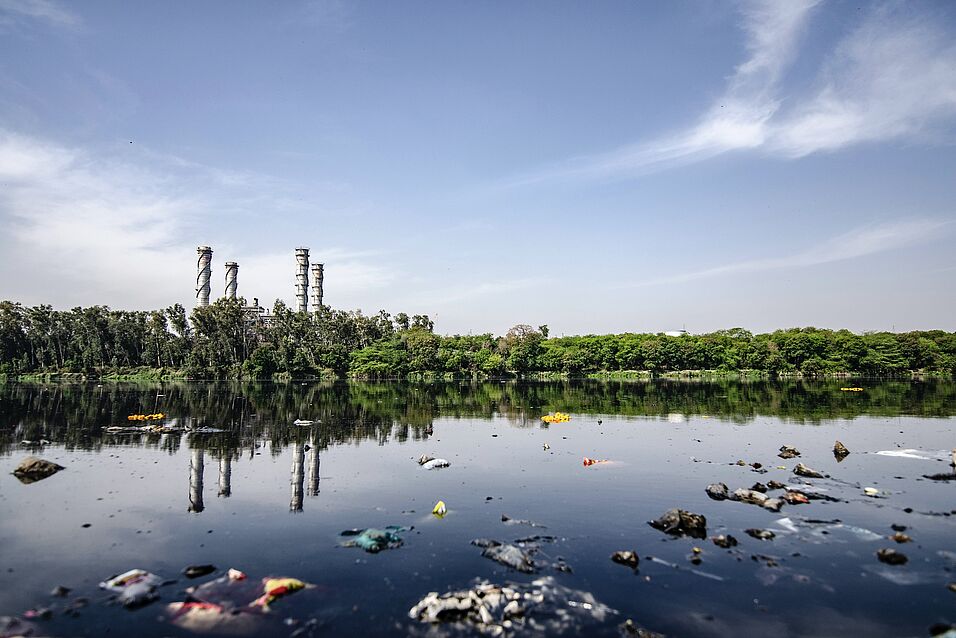This project combines an interdisciplinary set of field sampling, controlled experiments, isotopic analysis alongside geochemical modelling, aiming to test the hypothesis that (1) solid Cr can be effectively remobilized by organic matter in reduced environment despite Cr reduction, and (2) aqueous Cr can be stabilized in the form of organic complexes with a distinct Cr isotope signature. The extent and mechanism of Cr mobilization by organic ligands under various environmental conditions will be quantified. Stable Cr isotopes in sediment pore water will be accurately determined and validated as a tracer for Cr-ligand complexation. The fate of Cr in relation to Fe and organic ligands in sediments will be predicted. This project will shed new light on the role of organic ligands in the Cr redox cycle, and will reveal the sensitivity of subsurface environments to anthropogenic activities.
Funded by H2020 Marie Skłodowska-Curie Actions.

